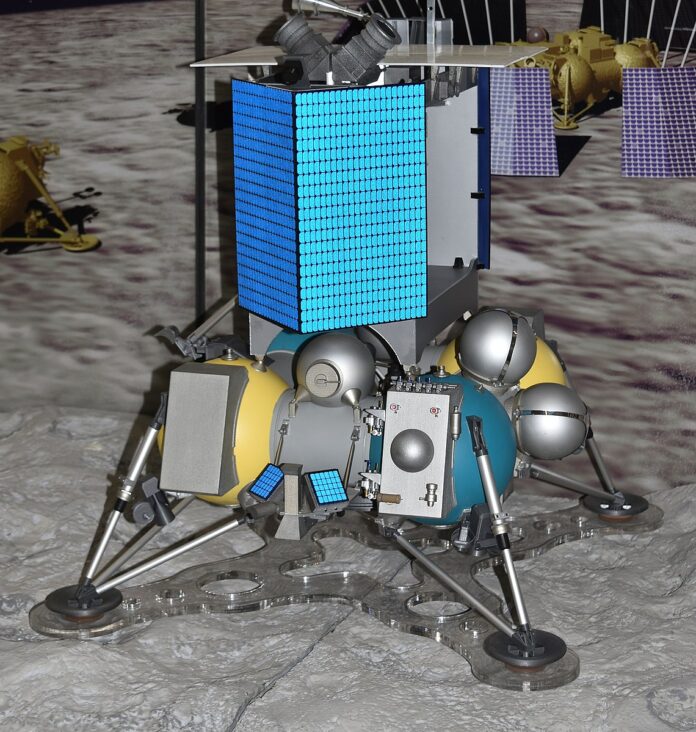Russian spacecraft, Luna 25, crashed onto the moon’s surface, trying to land at the lunar south pole. Yuri Borisov, the head of Roscosmos – Russia’s controlled space corporation, accredited the failure to a lack of expertise. According to Borisov, the Luna 25 thruster fired for 127 seconds instead of 84 seconds. A leading researcher, Natan Eismont, told Russia’s Novosti Agency that there were signs that the equipment had problems before the crash. However, the space officials gave the go-ahead to land the spacecraft.
Roscosmos lost contact with the spacecraft on Saturday, and the mission was declared on Sunday. Luna 25 was expected to land on Monday, but Russia lost communication. After unsuccessful attempts to regain contact, Roscosmos concluded that Luna 25 crash-landed. A special commission is scheduled to investigate why the spacecraft crash-landed.
Russia’s Luna 25 was planned to land closer to the moon’s south pole, unlike any other spacecraft in history. Chandrayaan-3, India’s lunar lander, is still in orbit and is expected to land on the lunar south pole on Wednesday. It is crucial to note that landing on the moon’s south pole is challenging because of the orbital mechanics.
Scientists are particularly interested in the lunar south pole because it is unexplored, and they believe it may contain frozen water, which could be transformed into air, drinking water, and rocket fuel. The water ice could be helpful in future space missions.
Although the USSR lost the race to the United States, landing the first human on the moon, they had numerous successful missions, some of which included lunar rovers and bringing soil samples from the moon. The Soviet Union launched the first human in space in 1961 and the first satellite in 1957. Russia took a long break in lunar research after the collapse of the Soviet Union in 1991. Luna 25 would have been a significant milestone in the country’s civil space program. Luna 24 landed on the moon on 18th August 1976.
Image is licensed under the Creative Commons Attribution-Share Alike 4.0 International license and was created by Pline.






